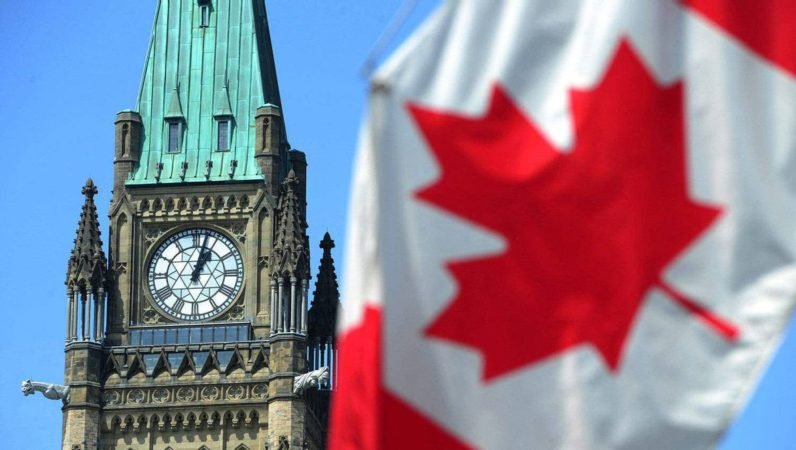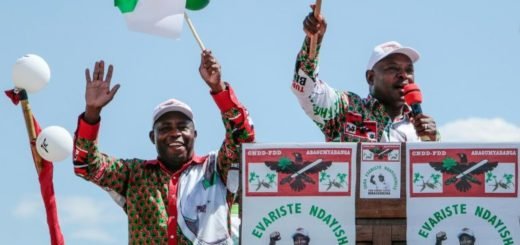Understanding Canada’s Federal Election: System, Parties & Campaign

Prime Minister Justin Trudeau formally launched the race for the Oct. 21 election on Wednesday. Here is a breakdown of how Canadian elections work and the possible outcomes.
The System
Canada is a parliamentary democracy where the party that controls the greatest number of seats in the legislature forms a government. There are 338 seats in the House of Commons that represent the same number of “ridings” across the country. The candidate who wins the most votes captures the riding. The party whose candidates win the most ridings forms a government, and parliament votes to make the leader of that party the prime minister.
The system, similar to the one in Great Britain, can result in a majority government, where the party that wins more than 50% of the ridings governs alone. In Canada, this means a party would need to win at least 170 seats in the House of Commons to secure a majority. Prime Minister Justin Trudeau’s Liberal government had 177 seats when parliament went into recess earlier this year.
Another possible outcome is a minority government, where a party wins more ridings than any other, but falls short of a 170-seat majority. This is considered a less stable form of government, because the other parties could join forces in parliament and vote out the government, possibly triggering another election. Canada has had 12 minority governments in its history.
A less likely alternative to a minority government is a coalition government. This is when the winning party does not win a majority, but it seals a formal alliance with a smaller party to secure a clear majority and form a government. Canada has not had a peacetime coalition government in modern times.
The so-called first-past-the-post voting system means that a party can capture a majority in parliament by winning less than 40% of the popular vote.
The Parties
Liberal Party of Canada – Centre-left party currently governing, led by Trudeau, 47.
Conservative Party of Canada – Centre-right party currently holding official opposition party status, led by Andrew Scheer, 40.
New Democratic Party (NDP) – Left-wing party led by Jagmeet Singh, 40.
Green Party – Left-wing party focused on the environment and climate change, led by Elizabeth May, 65.
Bloc Quèbècois – Quebec separatist party that only runs candidates in the province, led by Yves-François Blanchet, 54.
People’s Party of Canada – Right-wing party, founded by Maxime Bernier, 56, last year after an unsuccessful bid for leadership of the Conservative party.
The Liberals and Conservatives have been in a statistical tie nationally in the polls in recent weeks, while the NDP and Greens are battling for third place and possible kingmaker status in the event of a minority government.
The Formal Campaign
Canada’s elections are scheduled to take place on the third Monday of October every four years, although the prime minister can call an election at any time.
To trigger an election, the prime minister asks the governor-general – Canada’s representative of its head of state, Queen Elizabeth II – to drop a “writ” or issue a formal written order for a vote. He did that on Wednesday.
The following official campaign period lasts until election day, which is Oct. 21.
The Money
Parties are capped on how much they can spend per candidate in a district – just C$0.74 (56 U.S. cents) per voter in a district where they are running a candidate, which works out to a total of roughly C$28 million ($21.3 million) for a party that fields a candidate in each of the 338 ridings.
The Conservatives raised far more money than their competitors in the second quarter, according to financial filings released by Elections Canada.


















